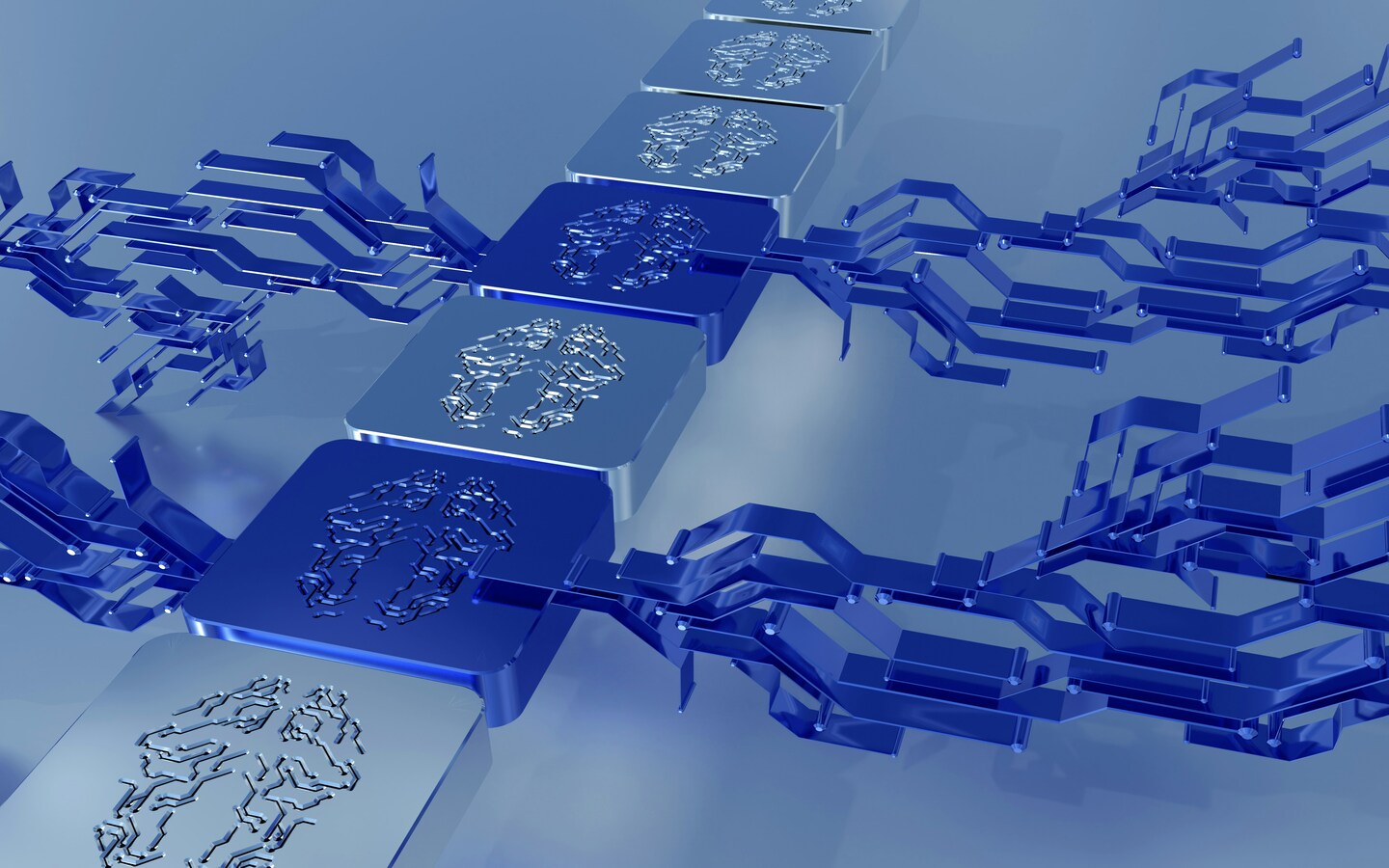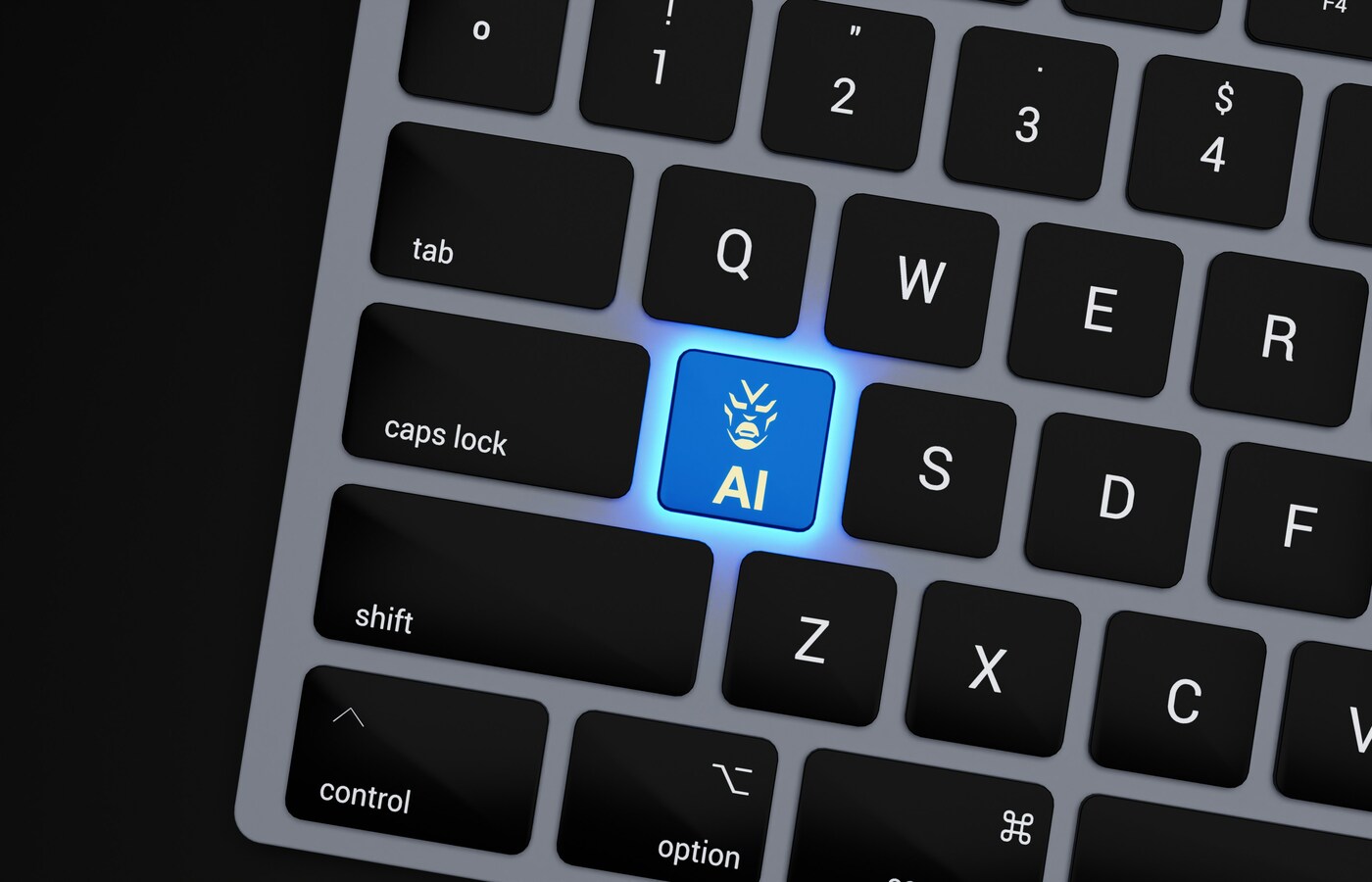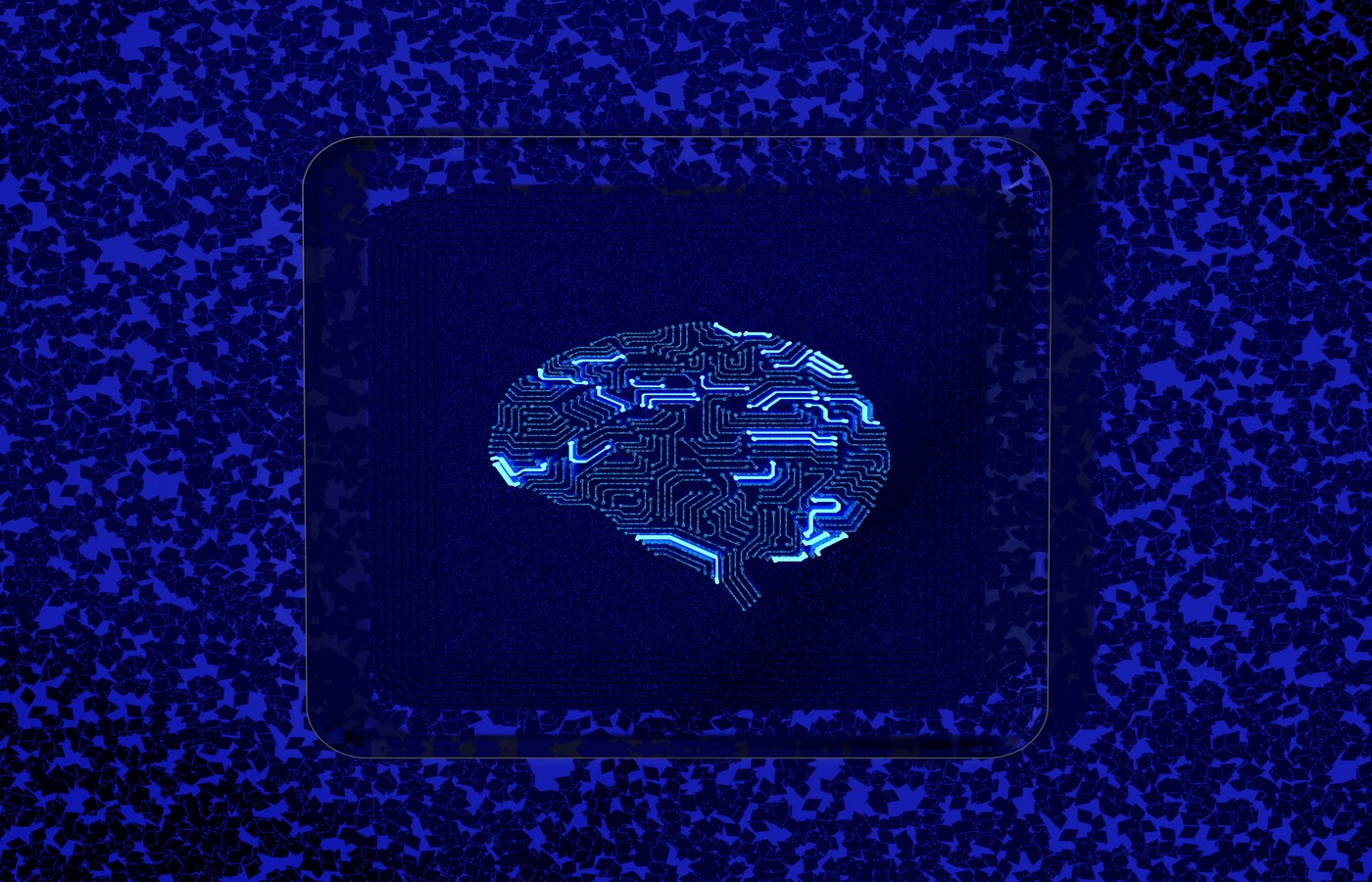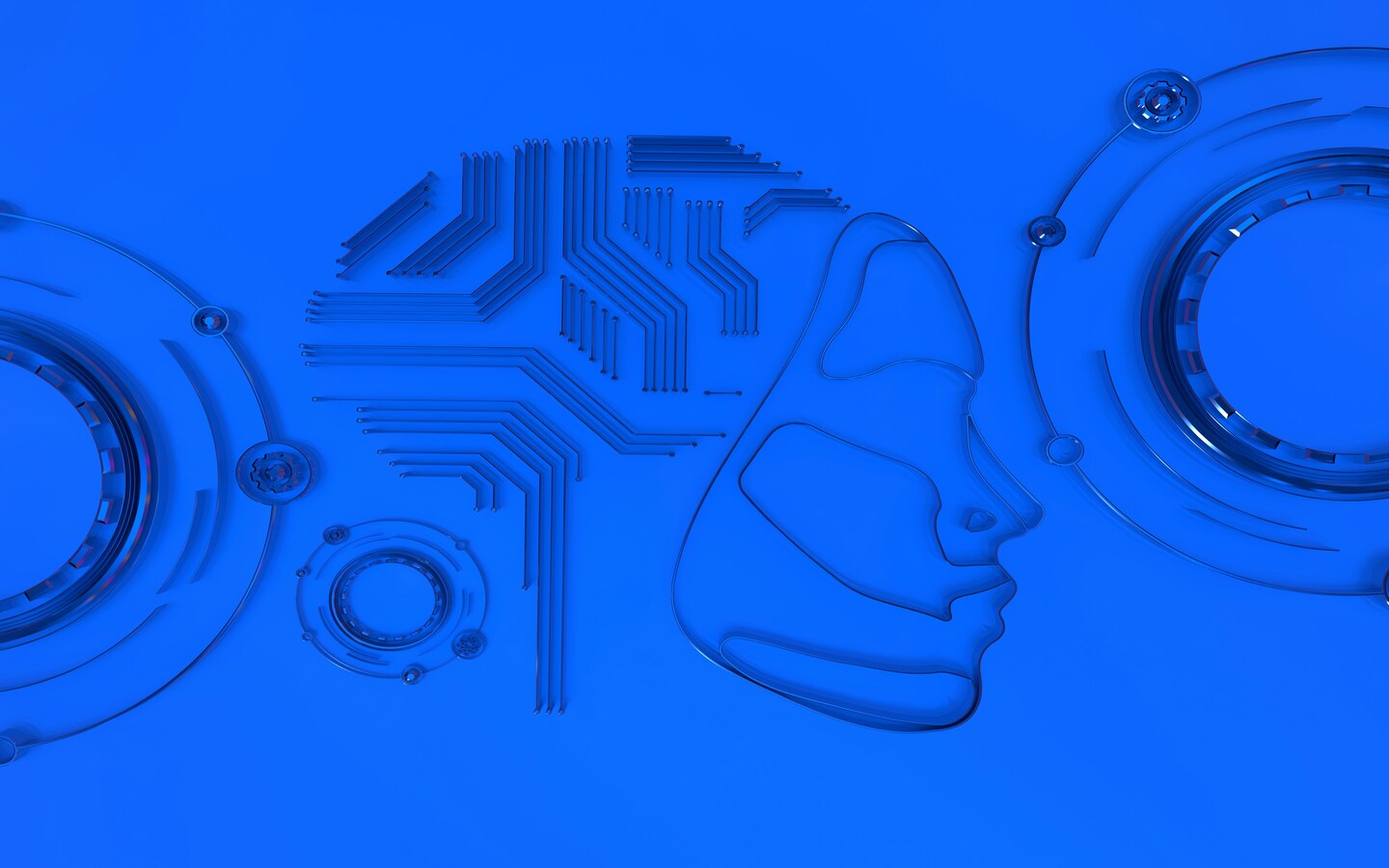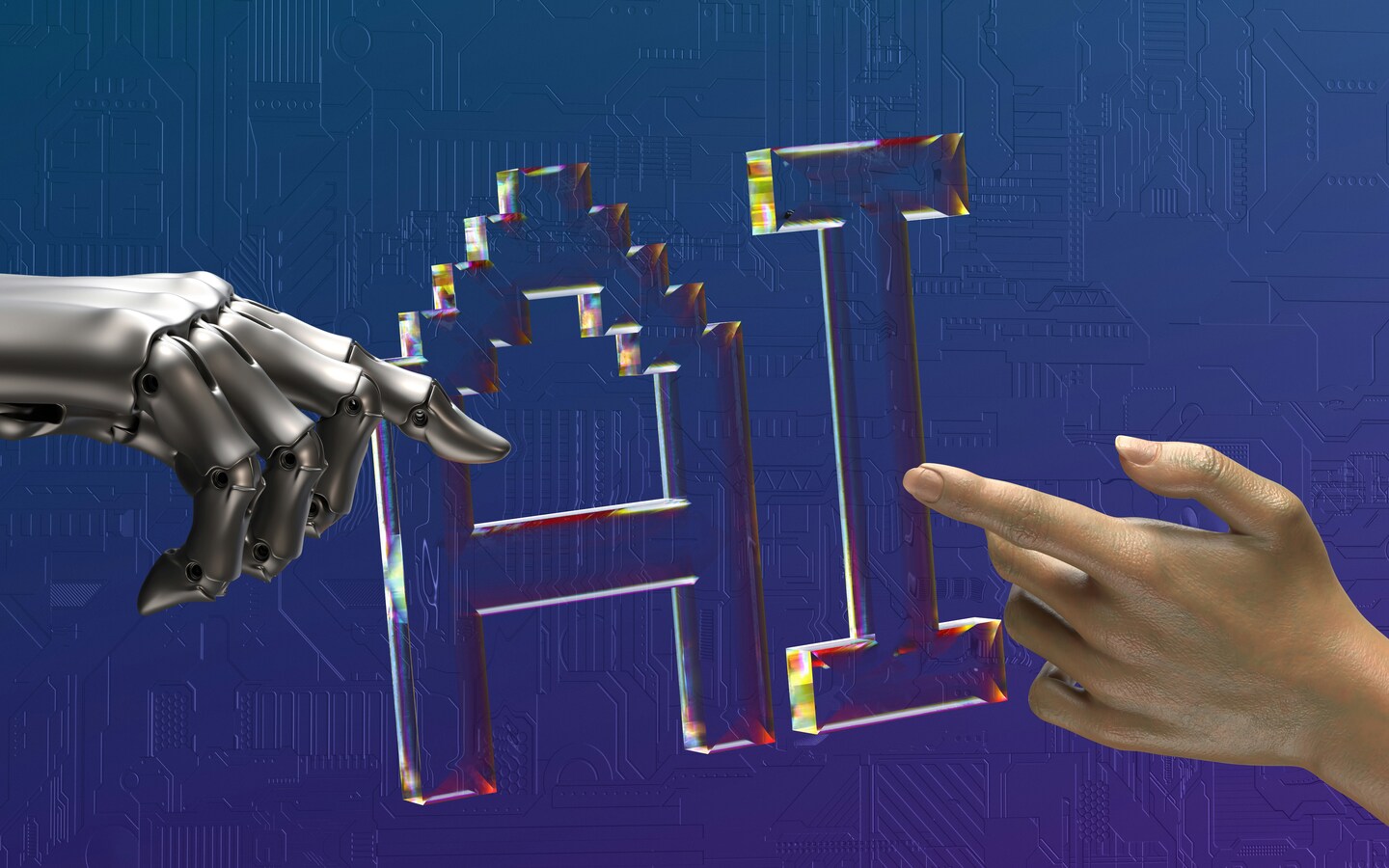“What is needed is nothing less than a breakthrough in philosophy, a new epistemological theory…”
– David Deutsch
Cognitive Chemistry
Rather than attempt to emulate natural human intelligence, we studied what human intelligence creates – knowledge – in order to engineer it, to synthesize it. Our journey has been a stunning recapitulation of the transformation of Alchemy into Chemistry. We, too, began with the conjecture of Democritus, but transposed it from the material realm to the intellectual. Complex ideas are composed of simpler ones. If you keep breaking them down, eventually you get to the “atoms of thought.”
We have identified and classified about 150 “atoms of thought” into a multi-dimensional array by identifying their properties of connection. We know which concepts are elemental and which are composites, and we understand how they combine to make sense rather than nonsense. This elegant classification schema has given us the key to a science of knowledge, and the solid foundation needed to engineer synthetic intelligences.
The Cognitive Core: Digital DNA
Our cognitive core controls the assembly of incoming information from multiple sources to automatically extend sapiens’ internal model, analogous to how DNA is a compact specification for assembling protein molecules into organisms.
This non-symbolic, non-semantic kernel functions as the controlling schema for an amazingly compact AI operating system capable of common-sense reasoning and problem-solving, as well as converting incoming information into knowledge: extensions of the original model structure, which continuously increase its scope and power. Incoming information streams such as statements in human language are first transcribed, by applying our meta-knowledge categories, into intermediate input graphs which in turn are transformed, according to the logic and organizing principles in the kernel, into extensions of the original structure.
This process is stunningly analogous to the way information in DNA is transcribed first into RNA and then used to transform raw materials in the cell into proteins that are the building blocks of organisms. Our Synthetic Intelligence cognitive core is the DNA of machine knowledge, a compact specification that enables a well-bounded and stable body of code to transform unlimited quantities of information into functional models of the world.
The World Model
A compact model of reality, initially modelling the common sense world, with sufficient scope to decode and encode natural language while providing the foundation for any expert, scientific or academic knowledge.
All models are designed from a standpoint of utility. That is, a problem or a class of problems to be solved, or a capability we want sapiens to have. A foundational capability for the first sapiens and almost all that follow is the comprehension of human language
Language is a communication protocol for transferring information encoded in symbols. First, we model concepts common to all languages and then those common to particular languages. Then we build the processing routines needed to perform encoding (articulation) and decoding (comprehension).
But language only works as a communication protocol by suggesting how pre-existing ideas or concepts in the mind (or computer memory) should be combined to create the thoughts being communicated. Thus language comprehension – learning through language – is directly dependent on the quality and scope of pre-existing world knowledge.
The quality (how well ideas are integrated, with clearly defined relationships) and scope (how much of the world is in the model) are what we mean by education. A well-educated mind has better language comprehension and can learn more easily.
The model of the common sense world being developed for first generation sapiens is comparable in scope to a human child that has learned to read and is ready to commence formal education.
Applied Epistemology
At initial product release, sapiens will have a model of the commonsense world roughly comparable with that of a first grader. But their “education” will not be acquired though learning or training of any kind. Essentially, they are “born” with it.
This bootstrap model is being meticulously developed by human modellers using a set tools and methodologies we call Epistemological Engineering or Applied Epistemology (AE).
From the functional standpoint, AE can be thought of as a new way to program computers, with knowledge rather than with data and information. But it is unlike traditional programming in that it consists primarily of curating existing knowledge from human minds and converting it into synthetic information structures.
With a sufficient bootstrap model in place to support cognitive learning through language, all future learning for sapiens could be accomplished through language-based education as it is with humans. But even with sapiens’ obvious advantages of perfect memory, focus, and unlimited processing capacity, learning through language is still very “lossy” and time consuming.
AE provides a better way, creating models of far greater precision with far greater efficiency.
Learn More
See All
Learn More
See All

